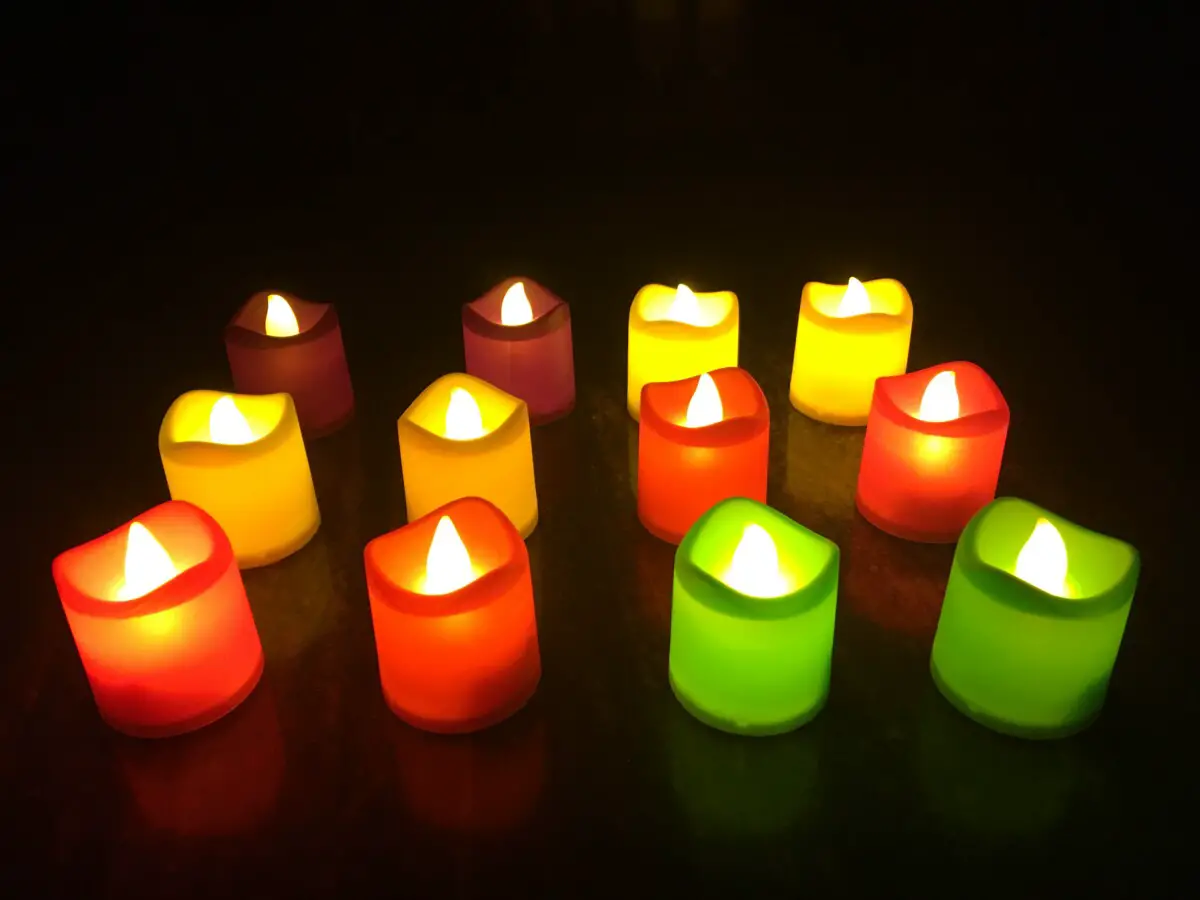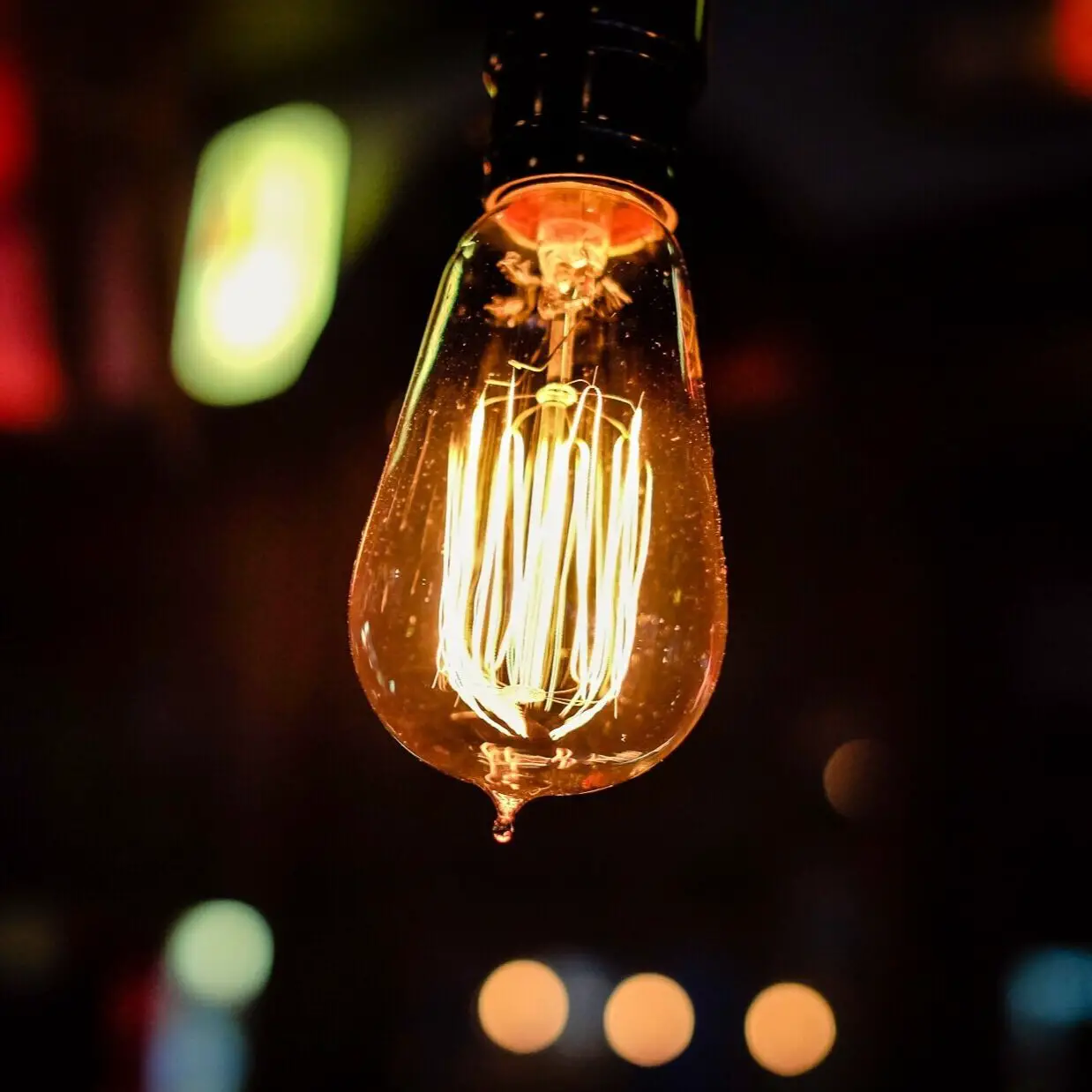Everything You Need To Know About RGB Light Bulbs
Have you ever wondered about how an RGB light bulb functions, how long they last or anything else relating to them? If so then look no further, because here we will go over everything you need to know about RGB light bulbs.
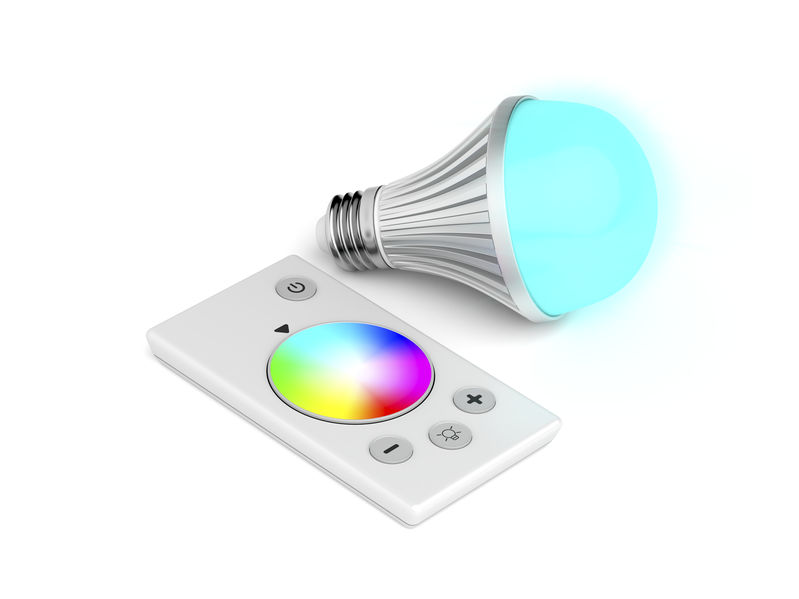
How RGB Light Bulbs Function
RGB bulbs gain their functionality through several Light Emitting Diodes (LEDs) of the colours red, green and blue which all dim independently from each other depending on what the desired colour output is. This is also how they gain their name RGB (Red, Green and Blue).
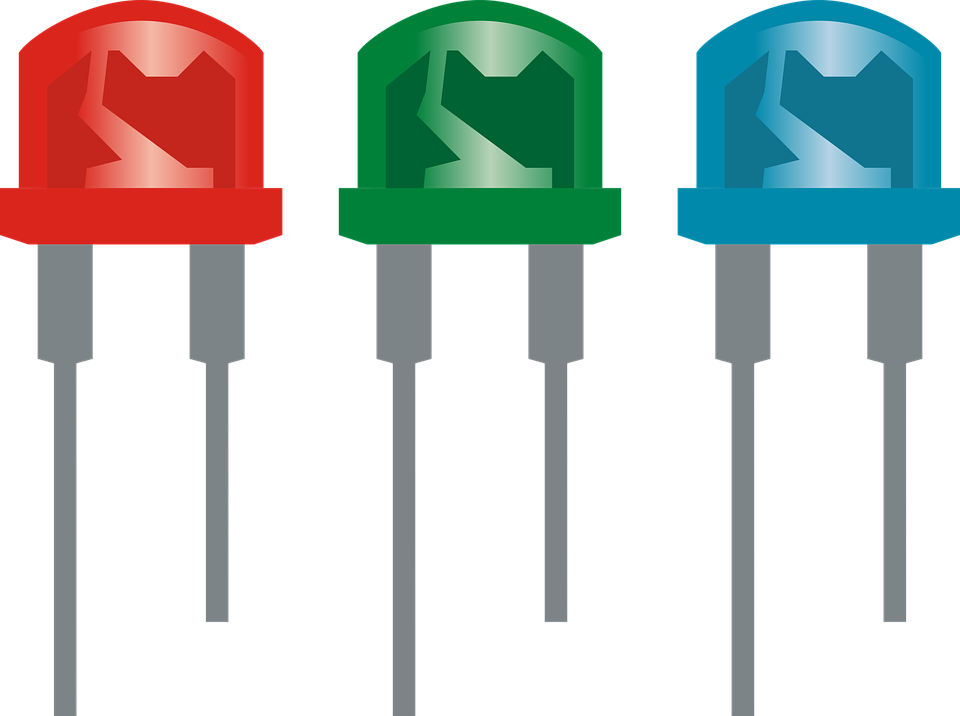
They are controlled by a microcontroller that sits at the very base of the light bulb. This controller will determine which individual LEDs should be on or off and it will control the strength of each individual LED.
This microcontroller is also what allows us to change the colour output of the bulb. This works because we are able to create different colours with the base of red, green and blue.
This is the case because our eyes primarily detect these specific colours, but also every colour in between. This allows us to mix and match these 3 colours to gain light outputs of every other colour. If you’re more interested in the colour theory behind this, you can go here to learn more.
How To Install an RGB Light Bulb
The installation process of these bulbs is actually very simple. In fact, the installation process is just about the same as any other light bulb. As long as the actual base of the bulb is the correct size and is able to be screwed into the socket then it should work no problem.
This is because everything that is required for the bulb to function is inside of the base of the bulb, making it possible to have it work by simply screwing it in. However it is very important that the base fits into the socket, so if you ever were to get one then make sure to get the correct size.
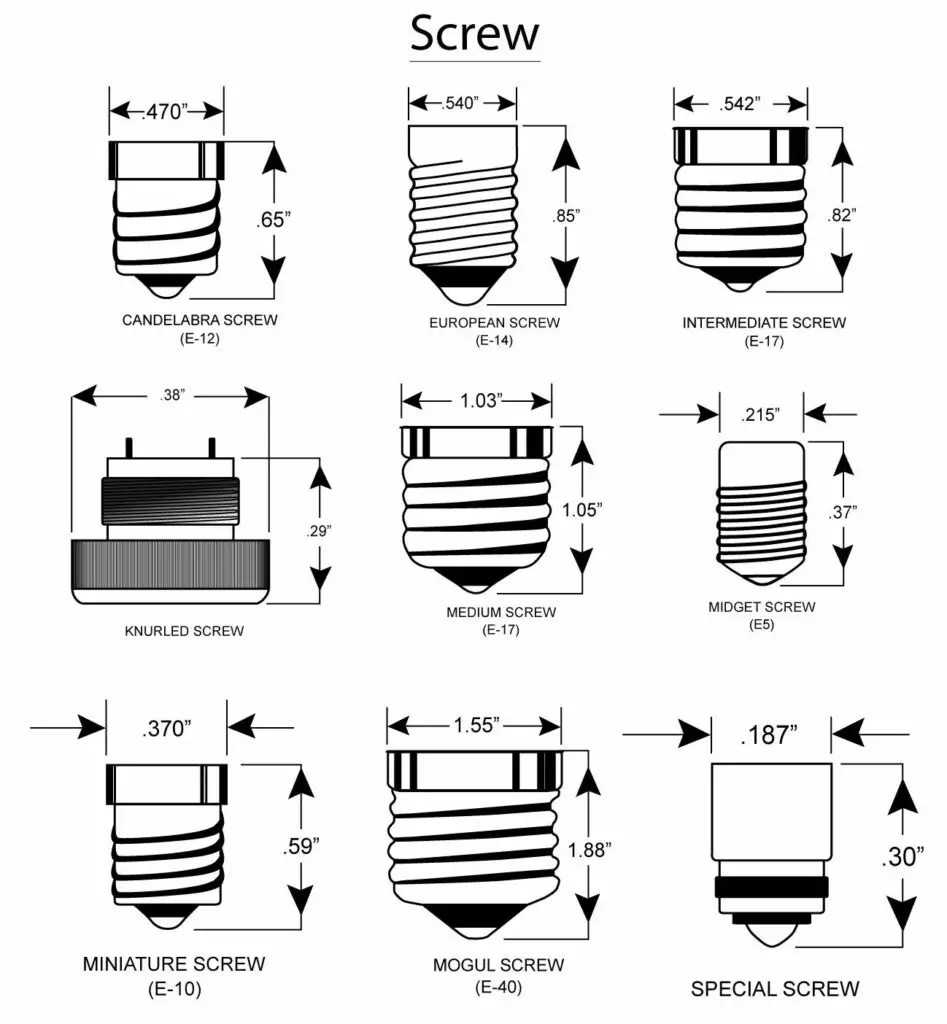
Socket sizes are usually labelled in the “Edison screw“ system, named after Thomas Edison himself. In this system, they will be labelled “E“ followed by a number, for example, E17 or E26. The number here indicates the diameter of the socket in millimetres. So in these cases, the diameter of the sockets would be 17mm and 26mm respectively.
To know which one you have you can look at the base of the preexisting light bulb already in the socket, it will most likely say “E26“ or whichever other size it is somewhere around the outside of the base.
If it doesn’t say there you can try to find the label on the fixture in itself, which can work but isn’t guaranteed. If you have checked both of those but you still can’t find it, you can simply physically measure the diameter of the preexisting bulbs base to check the size.
The easiest way to measure the size yourself would be to do it in the same way that they measure it on the picture above, to simply take your ruler and go straight across the diameter to determine its size.
The most standardized and most common one however is E26, so if you were to go into this blind and simply guess what might fit, chances are that this one would be correct.
Wireless Functionality Of Smart RGB Bulbs
One thing that attracts a lot of people to bulbs like this is the fact that they are smart, in the sense that you are able to control them wirelessly.
This can depend on which specific one you decide to get, but the most common way they are controlled is by a specific remote in which you can select the colours, in the same way you would select a TV channel on a TV remote.
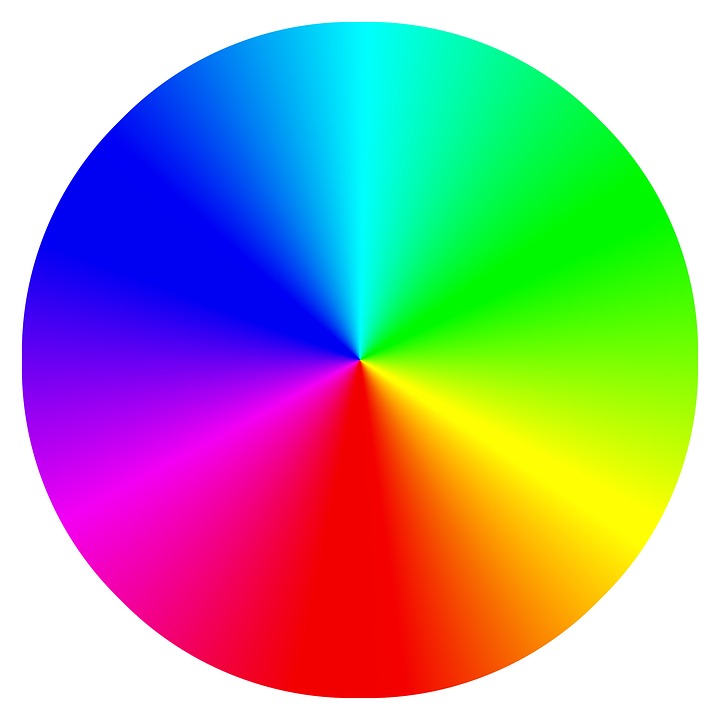
This gives you a preset of around 10-20 colours (depending on the model) which works great, however, there is another way of controlling these bulbs that allows you to have a lot more colours to choose from.
The thing that enables this is the bulbs that are controlled by a mobile app. The models that have their own app have the option to add a colour wheel, which allows you to choose colours anywhere on the wheel. This also allows you to get the very specific colour you want instead of just “blue“ or “red“.
Life Expectancy Of RGB Smart Bulbs
In order to know how long of a lifetime these bulbs have, we decided to look at some of the top-selling bulbs on amazon and see how they compare to each other and to see what the average lifespan is.
We check the top 15 selling products for how long their bulbs will last and these are our results:
Out of all the 15 products, only 10 actually had the lifetime listed.
The shortest lifespan advertised was 10 000h while the longest was up to 50 000h.
The average out of the 10 listed lifespans is around 23 000 hours.
To put these number into perspective, an entire year of 365 days is 8760 hours long. That means that the average RGB light bulb is able to last about 3 years if being turned on 24/7.
They are able to last this long because of their LED technology, however there is a little catch with this sort of RGB technology when we consider the lifespan.
The catch is that the usage of the different coloured diodes will be very different, depending on which colours you would mostly use. This means that for example the red diodes could be used a lot while the green and blue ones might stay relatively unused.
This can cause the red ones to completely fade or even stop working way before the blues and greens even sees any significant usage. This is why regular LEDs and RGB specific lights can have such different lifespans, because the usage of the RGB lights tend to be asymmetric.
To get a broader and more general idea of how and why LEDs deteriorate the way they do, you can check out our article How Long an LED Will Actually Last.
Energy Efficiency and Usage Of RGB Bulbs
In order to accurately get a good gauge for the energy efficiency and usage of these lamps we checked the wattage of the same 15 bulbs we checked for life expectancy.
One important thing to note though is that since these RGB light bulbs are based off of LEDs, it means that they are mostly going to have the same energy efficiency properties that regular LEDs do.
The wattage of these bulbs will ofcourse vary depending on what lumen output you wish it to have, but here is the statistics about the wattages we found the following things:
The average wattage of RGB lightbulbs is around 8.3W
The lowest wattage was 3W while the highest was marked 12W
Using the listed equivalent of incandescent bulb light output, the average energy efficiency of these bulbs is around 85% in comparison.
So what can we take away from this? What we can conclude from these statistics is that they are rather efficient as a whole and in general don’t use a whole lot of energy.
It is also worth noting that in the range of 3W to 12W like we found, there are a whole lot of options inbetween. In fact, a good majority of these are actually in ranges 6-9W. So you can be sure that you will be able to find one that fits the exact light needs that you might have.
Are RGB Bulbs Worth Getting?
After reading all of this, you might find yourself at a crossroads on whether or not it is worth it for you to get yourself. And when it comes to this, the answer is that it depends.
What you are really paying for when purchasing an RGB light is the experience. The experience of being able to change the ambience completely in a room with just one or a few bulbs. It is a very satisfying experience and can definitely be worth it if this is important to you.
However, if you are looking for just a pure efficiency light source you are probably better off getting a strictly LED-based bulb. They will last a little longer on average and will have slightly better energy efficiency, but the difference in those factors is rather marginal since these bulbs are based on the same technology.
But if you are ready to spend a little extra on something that will take the ambience of your home to the next level, then we would definitely suggest getting yourself one or even a few of these as they are a complete game changer for your home experience.

